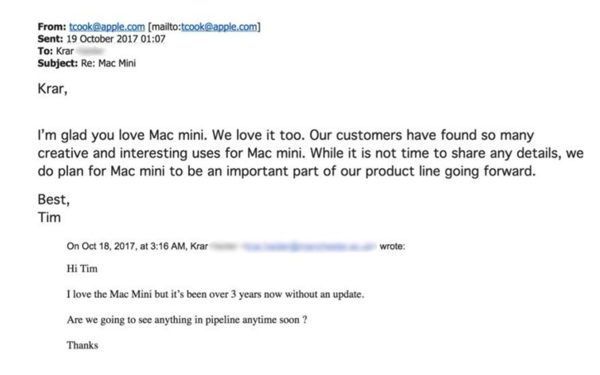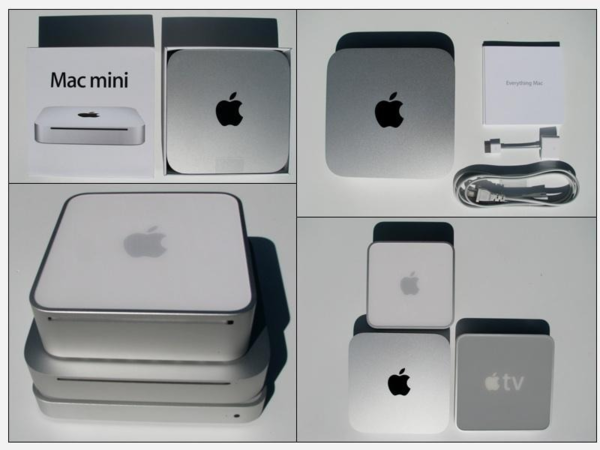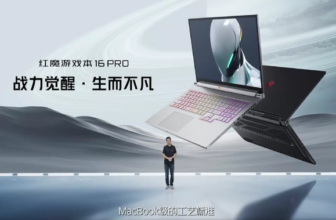
The Apple Mac mini has undergone a remarkable transformation since its inception, from an entry-level product to a powerhouse that defies expectations. Over the past 20 years, it has earned a place in the hearts of tech enthusiasts and casual users alike, despite some initial skepticism. Let’s take a look at how the Mac mini has evolved and become an iconic product in Apple’s lineup.
The Birth of Mac mini (2005): A Game-Changer for Apple
On January 10, 2005, Steve Jobs unveiled the first Mac mini, a compact computer designed to attract Windows users looking to switch to the Mac ecosystem. Jobs introduced it as a solution to the growing demand for affordable, stripped-down Mac options—essentially a Mac without the display, keyboard, or mouse. At a starting price of $499, the Mac mini was one of Apple’s most affordable computers ever.
Despite its modest beginnings, the Mac mini was a technical marvel, featuring a design much smaller than the iconic Power Mac G4 Cube. Although it didn’t immediately convert many Windows users, the Mac mini became a cult favorite due to its affordability and compact design.
A Few Bumps Along the Way
While the Mac mini started strong, its journey wasn’t without challenges. In the years following its launch, Apple experienced several ups and downs with the product. For example, while the Mac mini underwent various updates between 2006 and 2009, there were also periods of stagnation. In 2014, Apple’s release of the Mac mini received backlash from users due to the product’s reduced performance compared to previous versions.
During this period, Apple seemed to neglect the Mac mini, with no updates between 2015 and 2017. This led many to question the future of the device. However, Tim Cook reassured users that Apple had not forgotten about the Mac mini, signaling the beginning of a renewed focus on the product.
The M1 Chip Revolution: A New Era for Mac mini (2020)
The most significant update to the Mac mini came in November 2020, when Apple launched the device with the groundbreaking M1 chip. This update elevated the Mac mini to new heights, making it faster, more efficient, and powerful than ever before. The M1-powered Mac mini quickly became a favorite among tech enthusiasts and professionals, thanks to its ability to compete with far more expensive machines in terms of performance.
By incorporating the M1 chip, Apple revolutionized the Mac mini into a powerhouse that could rival the performance of high-end desktop computers. The M1 Mac mini is often referred to as “Apple’s most MINI,” due to its exceptional power-to-size ratio.
2023-2024: Mac mini Continues to Dominate
The Mac mini didn’t stop with the M1 chip. In 2023, Apple launched the Mac mini with M2 and M2 Pro chips, offering even better performance and new capabilities for both casual users and professionals. The Mac mini is no longer seen merely as an entry-level device; it now competes with premium machines in terms of both price and power. The shift to the M-series chips has placed the Mac mini in a category of its own, with impressive power, portability, and value.
In 2024, Apple took things a step further by upgrading the Mac mini to include the M4 and M4 Pro processors, continuing to push the boundaries of performance. Despite the Mac Studio and Mac Pro remaining Apple’s most powerful machines, the Mac mini now offers an exceptional mix of performance, affordability, and compact design.
Apple Mac mini evolution
The Apple Mac mini‘s journey is a testament to Apple’s commitment to innovation. From its humble beginnings as an entry-level product to its position as a powerhouse of performance, the Mac mini evolution is nothing short of remarkable. Whether it’s the first-generation model or the latest M4 version, the Mac mini has proved that small doesn’t mean weak—it means efficiency, power, and convenience.
The Impact of Apple Silicon on the Mac mini
When Apple transitioned to its own Apple Silicon chips, it was clear that the Mac mini would never be the same. The introduction of the M1 chip in 2020 marked a major turning point, not just for the Mac mini, but for the entire Mac lineup. Apple’s in-house chips have delivered impressive performance gains, making the Mac mini a viable option for power users who once relied on more expensive machines.
The 2024 M4 Mac mini represents the culmination of this shift. It delivers power that far exceeds expectations for a machine of its size, making the Mac mini not just a low-cost option, but a serious contender in the desktop market.
Mac mini performance upgrades
The continuous Mac mini performance upgrades have redefined what users can expect from compact desktop computers. With the addition of Apple Silicon, the Mac mini has outperformed expectations, and it now serves as a reliable option for anyone needing powerful computing in a small package. From the first-generation model to the latest M4-powered version, the Mac mini has continually surpassed expectations and demonstrated Apple’s ability to innovate in even the most compact of devices.
Conclusion: A Legacy of Innovation
The Apple Mac mini has been through many phases over the past 20 years, but its evolution has firmly established it as one of the most iconic products in Apple’s history. From the humble beginnings of the 2005 model to the powerhouse M4 Mac mini of 2024, the Mac mini proves that great things do indeed come in small packages. With each Mac mini performance upgrade, Apple continues to redefine what users can expect from a compact computer, ensuring its place as a beloved classic in the Apple lineup.








